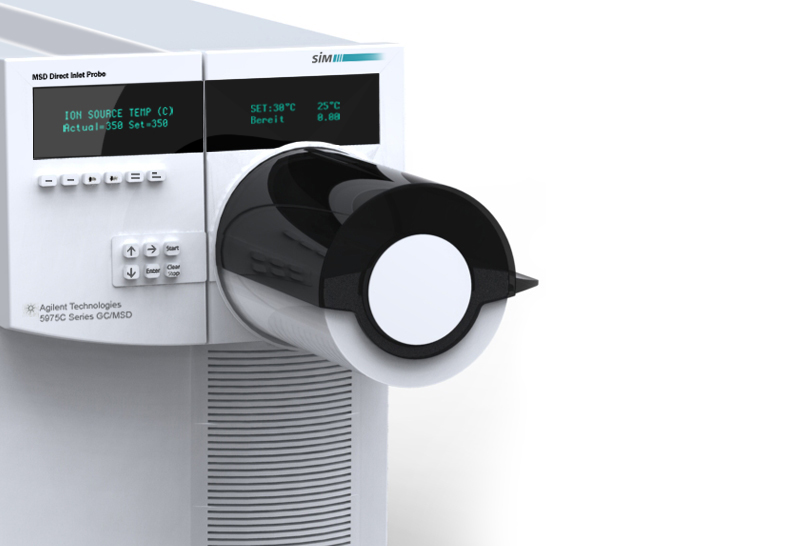WILD How
What’s in a name? Translating Western brands into Chinese.
Dieser Artikel ist derzeit nur in englischer Sprache verfügbar.

WHEN BRAND MOVES FROM THE WEST TO CHINA
For any brand considering the move from the West into China one of the first problems they will face is how the brand will be perceived by local consumers. While most brands considering launching into the market will have an established perception back home, perception of the brand in China will, in most cases, be zero to none. This provides both a risk and an opportunity and gives those willing to take on the task the rare opportunity to imbue the brand with a deeper level of meaning than ever possible in the west. But how is this possible? Well to fully understand the concept of brand translation, one must first understand the varying degrees of translation that are available.
FOUR LEVELS OF TRANSLATION
Level 1 – Launch the brand without considering the Chinese name of the brand at all
Roughly speaking there are four levels of translation, all with varying degrees of difficulty. The easiest and by far the most risky option is to launch the brand without considering the Chinese name of the brand at all. If the brand is lucky consumers will find a suitable phonetic match to the western name, one which either holds little or no negative meaning. However if the brand is unlucky, consumers will find a phonetic match but which holds a negative meaning to the product or brand. A famous example being Coca Cola, which launched without a defined Chinese name. The resulting consumer translation rendered phonetically in Chinese created the name “Kedou Ken La” or “bite the wax tadpole”, a less than suitable name for a soft drink. While thankfully for the drinks giant this is an urban legend it shows the level to which a phonetic match can have a catastrophic effect on brand perception if left unchecked.
Level 2 – Find a strong phonetic match to the brands western name
The second level of translation is to find a strong phonetic match to the brands western name. By doing so the company simply predefines a way for the Chinese population to correctly pronounce the name. An example of this is Dell, whose Chinese name is“Dai-Er”. A name which holds a close phonetic match but no significant meaning to what the brand does. While this strategy avoids the pitfalls of being lost in translation it can be viewed as lacking a real understanding of the Chinese consumer and the nuances of the Chinese language and so while safe it is not recommendable.
Level 3 – Match to the existing name concentrating on creating a Chinese name with relevant meaning
The third level of translation is where things begin to get interesting. In fact if we are being precise this is the first time that translation is truly taking place. This is because creating a simple phonetic match to another word as done in the second level is in fact ‘transliteration’, but for our purposes we will leave this topic for another day. The third level of translation is where the brand makes a conscious decision to leave behind the phonetic match to the existing name concentrating on creating a Chinese name with relevant meaning instead. A rare opportunity not many other languages can provide. It gives the marketer a chance to place meaning directly in the commonly used term for the brand. For example Colgate’s Chinese name “Gao Lu Jie” which has no phonetic similarity but means “Revealing Superior Cleanliness”. A very effective name if your product‘s sole purpose is to provide consumers with clean teeth. While effective this strategy can be criticised for lacking global consistency as it essentially creates a new brand. A decision needs to be made before launching whether this is important to the future of the brand from a global perspective or if the needs of the local market are more important. Fact is once the name is integrated into popular culture creating a new name may no longer be an option.
Level 4 – the Holy Grail for marketers thinking of launching their brand in China
The fourth and final level of translation can be considered as the Holy Grail for marketers thinking of launching their brand in China. You may have guessed it by now but the final level of name translation is to match phonetic and brand meaning all in one. While difficult and not always possible to achieve, if carefully considered the new Chinese name can in many ways be superior to the original name from which it was translated. Take Coca Cola’s actual translation “Ke- Kou- Ke- Le” for example, a strong phonetic match which means “tasty fun”. This new name stays true to the globally recognisable name and whilst doing so conveys a sense of product experience which the English name Coca Cola falls short of doing.

It may be of no surprise that the marketing geniuses at Coca Cola considered this before launching the brand in China, however it may be a surprise that they had this foresight and insight when they launched so long ago. With such an unprecedented opportunity to add a layer of meaning to the brand name it is perhaps most surprising though, that even now in the digital age, brands still launch without considering this most crucial of steps towards success in the lucrative Chinese market.
WILDDESIGN CAN HELP
Considering a launch in China? Need some help finding the right Chinese name for your brand? Why not get in touch at the link below.




